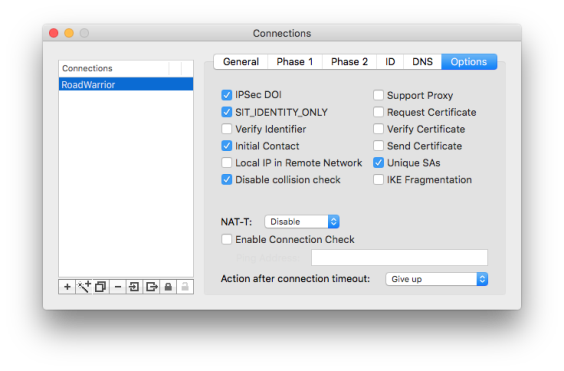

Most consumer routers use 192.168.1.1 as the default gateway if that IP is available on your network. The Default Gateway is the router’s local IP address The second to last set of numbers (.1) is the subnet.Look for the line that says ‘Default Gateway…….’ That’s your router’s IP.Type ‘ ipconfig ‘on the command line and hit ‘enter’.Connect to your router’s wireless network.The easiest way to do that (on windows) is: To do that, we first have to check what the IP and subnet of your primary router is. We’re going to need to put each router on a separate subnet so they don’t hand out the same IP address to different devices. ‘X’ is the subnet that your router is located on. Usually, IP addresses will start with .y and your router is the gateway, which is usually located at .1. The Steps:Įach device (including routers) on your home network has a ‘local’ IP address that identifies it’s location on your home network.
Ipsecuritas howto netgear tv#
In fact, some cable TV/internet providers (like Verizon Fios) require you to use their router (or else your TV won’t work properly). You can use virtually any router in the world as long as it supports ‘vpn-passthrough’ (which most modern routers do).įrequently people will use the router provided by their ISP/Internet Provider as the primary router. There’s only minimal setup required on the main router, because it’s not actually doing anything besides passing on the already-encrypted traffic from the VPN router. Ethernet Cable: This will be used to connect your two routers, for the dual-router setup.PIA has 128-bit configs which allow for faster speeds. We highly recommend Private Internet Access, NordVPN or IPVanish for router usage. Reliable, Fast VPN Provider: Preferably one that supports the OpenVPN protocol.Ideally it should support AC wireless (for faster speeds) but it doesn’t need a fast CPU like the VPN router. It can be any mid-range router that can comfortably handle the number of devices on your network. A 2nd router: This will be the primary router (non-VPN).Here’s our guide to the best VPN routers. A VPN-Capable Router: You can use any router with a CPU that can handle VPN math, and has (or supports) VPN-capable router firmware like Tomato, DD-WRT, or ASUSWRT (our favorite).Here’s how your network will look once you’ve set up a 2nd VPN router What you’ll need for this tutorial All devices connected to the #1 (primary) router will use your normal internet connection. All devices connected to the #2 (VPN) router will use the VPN tunnel. Traffic is encrypted by the VPN router, and flows through the primary router to the modem/internet. Added insulation of VPN network (double NAT = greater security).īelow is a diagram of the home network structure we’re going to create.Connect devices like xbox, PS4, fire stick, or chromecast to a VPN.Switch devices to/from the VPN simply by switching networks.It gives you access VPN and Non-VPN connections.This is an incredibly popular home network setup because:

We’ll be using what’s known as LAN-to-WAN router cascading, where each router is on a separate subnet.

This will work with any vpn-enabled router firmware, including DD-WRT, ASUSWRT (including Merlin), and Tomato.
Ipsecuritas howto netgear how to#
This tutorial will teach you how to set up a dual-router configuration with a dedicated VPN router behind another router (the primary router).


 0 kommentar(er)
0 kommentar(er)
